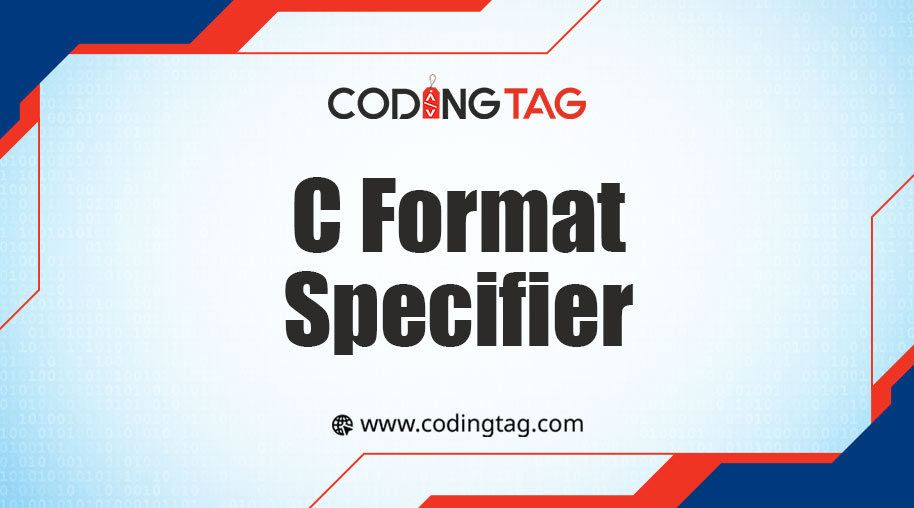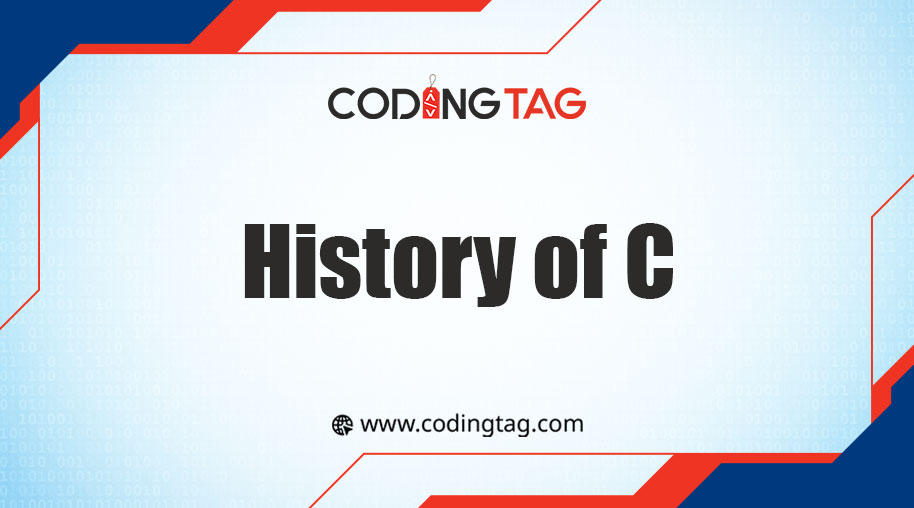Classification of Programming in C
0 893
Programming in C can be classified based on levels or layers of abstraction, which helps in understanding the complexity and functionality of the code.
The main levels in C programming are Low-Level, Mid-Level, and High-Level programming.
Each level has its own set of Features, Functionalities, and Complexities.
Diagram:
Classification of Programming in C Based on Levels.
Description of Levels in C
1Low-Level Programming:
Direct Access to Hardware:
Provides direct control and access to hardware components like CPU, Memory, and I/O ports.
Memory Management:
Requires manual memory management using pointers and memory addresses.
Bit Manipulation:
Involves manipulating individual bits and bytes to perform low-level operations.
Example:
Embedded Systems Programming for devices like microcontrollers.
2Mid-Level Programming:
High-Level Features with Low-Level Control:
Combines high-level programming features with low-level control over hardware and system resources.
File Handling:
Provides APIs and functions to read from and write to files.
Networking:
Offers functionalities to create network sockets and communicate over networks.
Example:
Systems Programming for developing system utilities and tools.
3 High-Level Programming:
Abstracted from Hardware Details:
Abstracts away the hardware details, providing a more intuitive.
Rich Standard Libraries:
Offers rich standard libraries for common tasks like string manipulation, data structures, and mathematical computations.
Object-Oriented and Functional Features:
Supports object-oriented and functional programming paradigms for structured and modular code.
Example:
Application Development for creating desktop, web, and mobile applications.
Difference between Low-Level Programming, Mid-Level Programming, High-Level Programming
| Category | Description |
| Low-Level | Closer to hardware, manual memory management, and bit-level ops. Example: Embedded Systems Programming |
| Mid-Level | High-level features with some control over hardware/resources. Example: Systems Programming |
| High-Level | Abstracted from hardware, rich standard libraries, OOP/Functional Example: Application Development |

Share:







Comments
Waiting for your comments